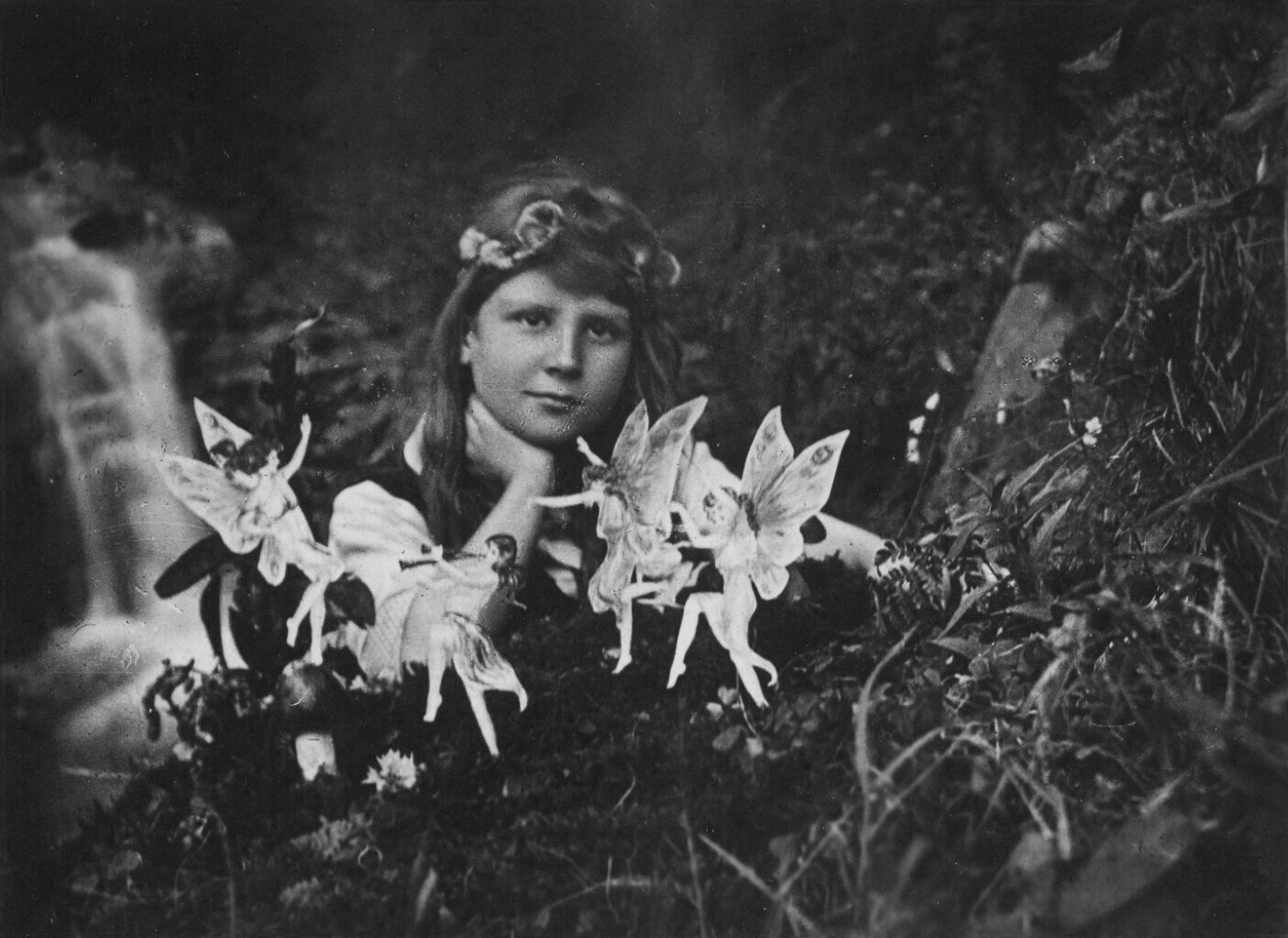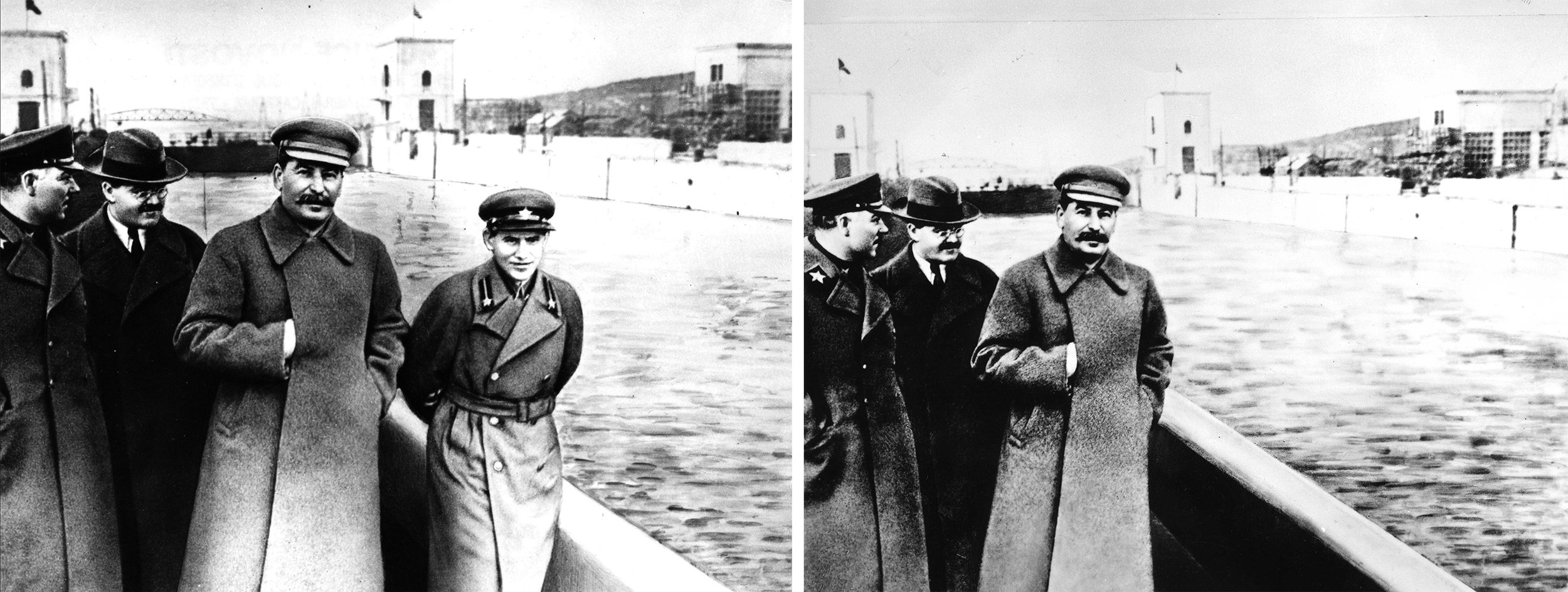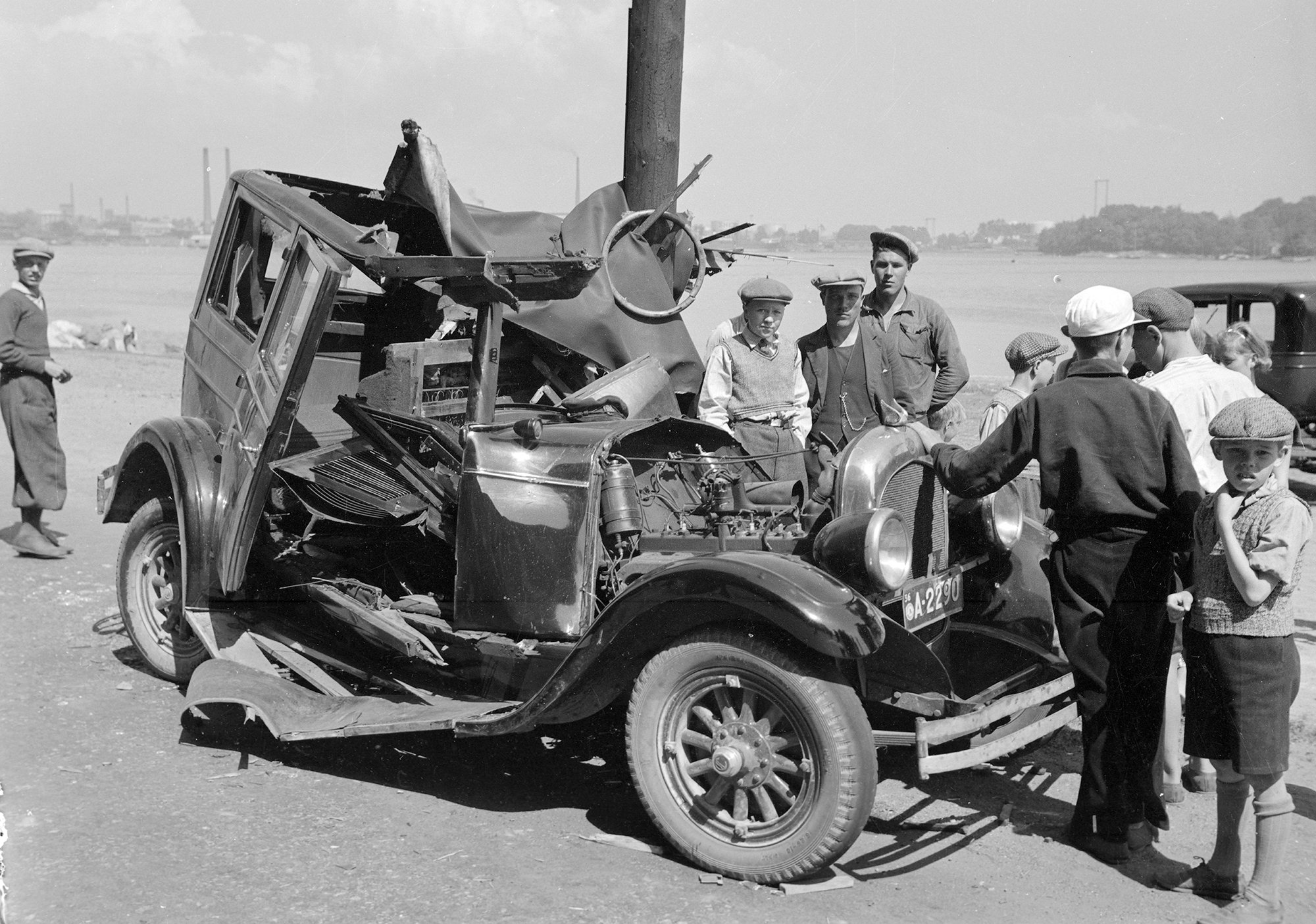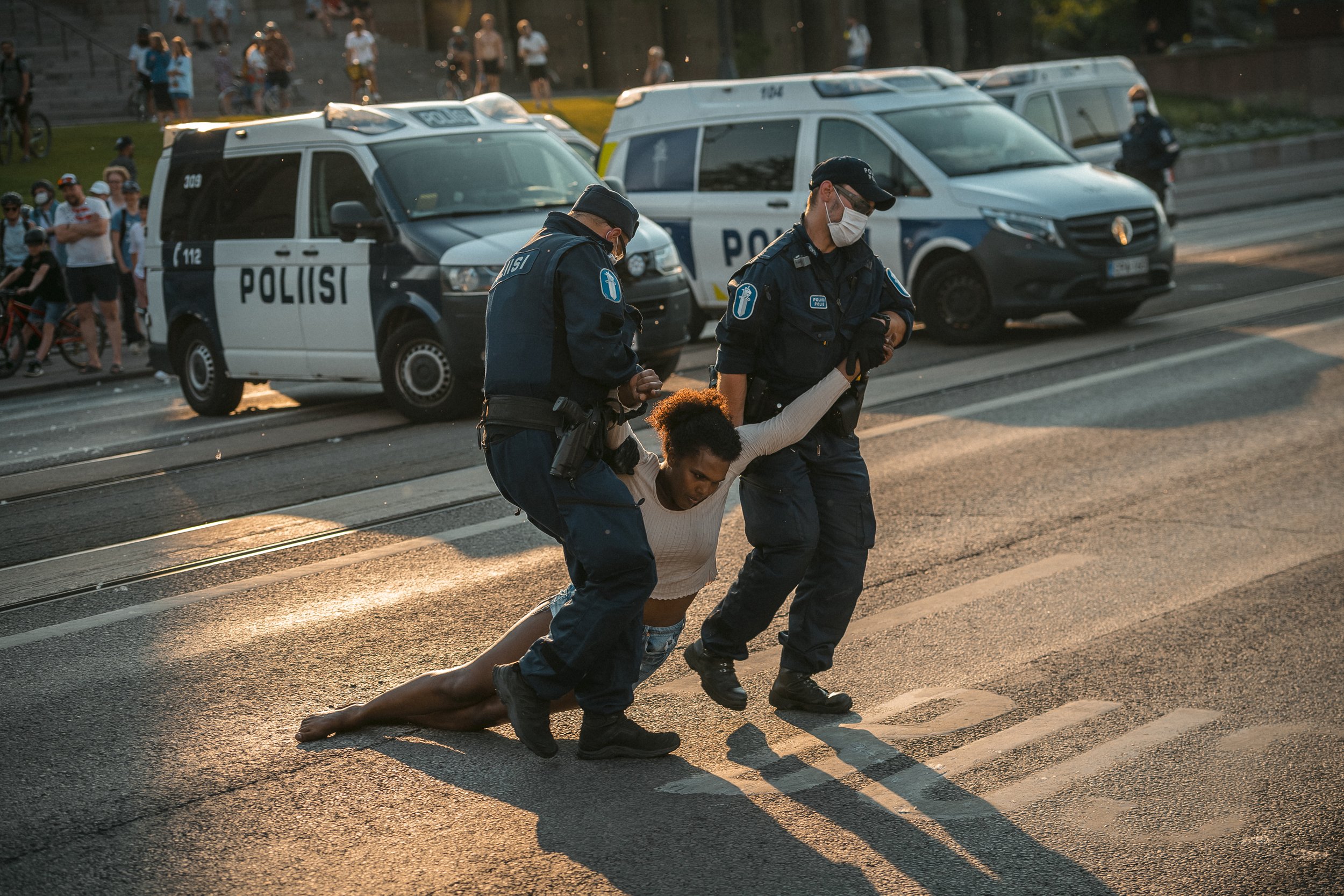The art of fabrication: From Cottingley fairies to the Balenciaga pope
These AI-generated portrayals of Pope Francis were conceived by the creator under the influence of hallucinogenic mushrooms.
This week, a shiver of astonishment rippled through our collective digital consciousness as we stumbled upon the incredible revelation that not everything we see online is real. I am, of course, referring to the AI-generated pontiff donning particularly unorthodox outfit.
In a world awash with images, we find ourselves as wanderers amidst a forest of visual stories, some real, some imagined, some manipulated. As we walk, we are lured into believing that what we see is what we get. However, the truth is often obscured by our biases, desires, and fears. The advent of AI-generated images has undoubtedly complicated our relationship with reality, but this game is not new.
In the first photograph of the five-image series, captured by Elsie Wright in 1917, Frances Griffiths is seen amidst the alleged fairies.
Since the dawn of photography, images have been manipulated and used to manipulate us, long before artificial intelligence burst onto the scene. The Cottingley Fairies bewitched the public in the early 20th century when two young girls photographed what appeared to be fairies, but had in fact staged the scenes using cutout illustrations. Stalin harnessed the power of photographic manipulation as a political weapon, erasing his adversaries from history. Such was the fate of Nikolai Yezhov, a high-ranking Communist Party official who vanished from photographs after falling from grace.
In our hyper-photographic era, we find ourselves armed with hyper-tools to manipulate our photographic records. Smartphones enable us to curate our memories, transforming us into the Stalins of our digital domains, erasing people with a mere tap of our finger. While there is nothing new about tearing up photos of former lovers, these tools elevate self-curation to unprecedented heights.
As a high-ranking official in Stalin's Soviet secret police during the Great Purge, Nikolai Yezhov played a pivotal role in this dark chapter of history.
Using one of these hyper-tools, Midjourney, 31-year-old construction worker Pablo Xavier generated a realistic image of the Pope wearing a puffer jacket after conceiving the idea under the influence of hallucinogenic mushrooms. His creation was intended to amuse, much like the famous fairy photos, according to Frances Griffiths, the girl pictured with the fairies. Pablo Xavier initially shared the photos of the Pope in a Facebook group called AI Art Universe, and then on Reddit. But in the hands of others, such images can become instruments of deception. When shared among the digital masses, the images were swiftly appropriated by those seeking to criticize the Catholic Church for lavish spending.
A common adage states that a picture is worth a thousand words; however, a mere handful of words can transform an image's essence, as the image alone does not reveal its truth. It is the caption that unveils the context, guiding us through the haze of ambiguity. To tamper with the words is a form of photographic deceit, just as much as altering the image itself. Frequently, false captions featuring dramatic narratives thrust otherwise unremarkable images into viral infamy.
In 1913, newspaper magnate William Randolph Hearst, notorious for allowing his newspapers to creatively recaption pictures, published a photo in the New York American of children standing in the ocean, their hands raised above their heads. The caption falsely claimed that the children's parents had been slain by Federal soldiers in Mexico and that the children were being executed. The photo was unaltered, but the caption was entirely fabricated. The children had been playing happily, and the photo had been taken in British Honduras, not Mexico.
Asserting to have captured this image in June 1888, Dick Willoughby professed to have witnessed the scene while gazing upon Muir Glacier in southeastern Alaska.
In another instance, Alaskan prospector Dick Willoughby professed to have captured a photo of a silent city mirage materialising from the mists of Muir Glacier in southeastern Alaska. The photo sparked controversy, but Willoughby managed to sell thousands of copies and led many on guided tours to witness the mirage. The San Francisco Chronicle eventually unraveled the mystery, revealing that the scene was, in fact, the skyline of Bristol, England. Interest in the photo and the purported mirage persisted even after the photo had been discredited.
Deception is not a new phenomenon; as long as humans have walked this earth, we have possessed the capacity to lie, bend the truth, and create captivating illusions. One need only look to the silver screen to witness our expertise in crafting believable falsehoods. As we have adapted to new technologies and media in the past, we can also develop the necessary literacy and tools to navigate the landscape of AI-generated images. Digital forensics tools and fact-checking organisations already aid the public in discerning the authenticity of visual content.
In an age where fabricated images appear to manifest from the ether, conjured by machines lacking conscience and allegiance to truth, visual literacy maintains its fundamental similarity to that of any previous era. It demands cultivating a discerning eye, taking into consideration the context in which an image appears and the source from which it emerges, as well as acknowledging the power of our own desires and biases, which can entice us to perceive what we wish to see, rather than what truly exists.
As AI-generated images become more prevalent, people may start to increasingly question the authenticity of visual content. Excessive skepticism can foster an environment where people feel justified in handpicking their own version of reality, determining which images to accept as true and which to dismiss as fake news.
We hold the responsibility to keep social media behemoths accountable, given their immense influence over information dissemination. Ensuring the content coursing through their digital veins is both authentic and accurate is crucial for maintaining a well-informed society.
While the advent of AI tools have simplified the art of fabrication, the remedy remains simple: do not believe everything you see online.












